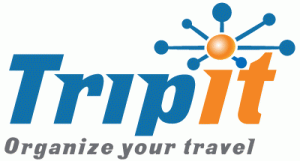Thinking more about programmers’ lack of understanding about how computers work and their inability to program in C, that I alluded to previously, makes me say to myself “Real Programmers Use C” or “Real Programmers Don’t Use Interpreted Languages”.
I hear of no calls for C, while there are lots of call for the inefficient, interpreted languages—PHP, JavaScript, Ruby, and Python—which drive most of the “web”. These languages insulate programmers from having to know too much about how computer hardware works. Because of this, programmers never develop the innate sensitivity to computer performance. This results in our needing increasingly powerful computers to do, essentially, the same amount of work (the amount of useful work done is not proportional to increasing computing hardware performance).
Real Programmers Don’t Eat Quiche
Way back before the web was programmable, like it is today, there were a list of “facts” defining real programmers:
Variations of this list were passed around via company mail (snail mail, mail-kart, and pre-“email”). Posters of this list hung on the office walls of developers who considered themselves “real programmers.”
This, of course, was triggered by the 1982 book, “Real Men Don’t Eat Quiche.” An essay appeared in Datamation magazine, “Real Programmers Don’t Use Pascal,” extrapolating on the geek version of this list (it isn’t clear whether the lists spawned the essay or vice versa).
 Are you a TV addict? Want to find out what you missed in a TV show or the status of a TV show? Though
Are you a TV addict? Want to find out what you missed in a TV show or the status of a TV show? Though 
 In this blogging age (well, I might be a late bloomer) I have long anguished over where to keep my journal of the random thoughts that I have spread across several blogs. There are two conflicting issues that has driven my anguish:
In this blogging age (well, I might be a late bloomer) I have long anguished over where to keep my journal of the random thoughts that I have spread across several blogs. There are two conflicting issues that has driven my anguish: